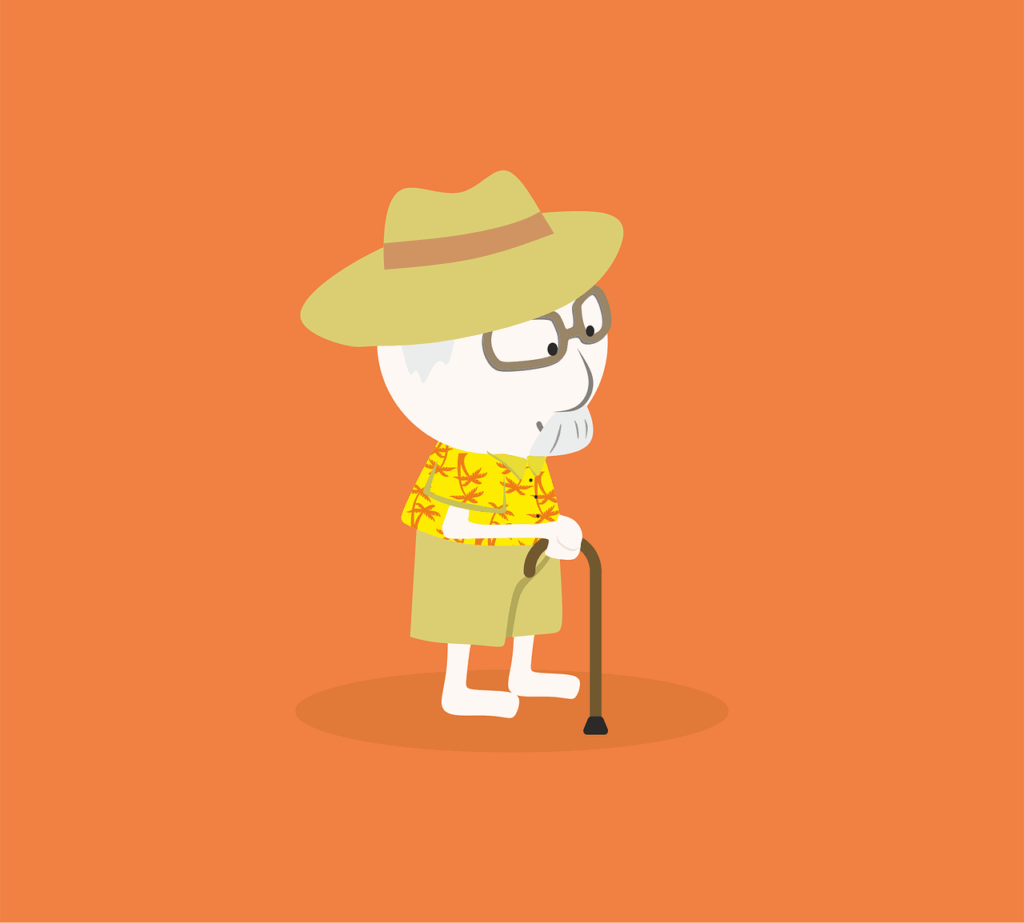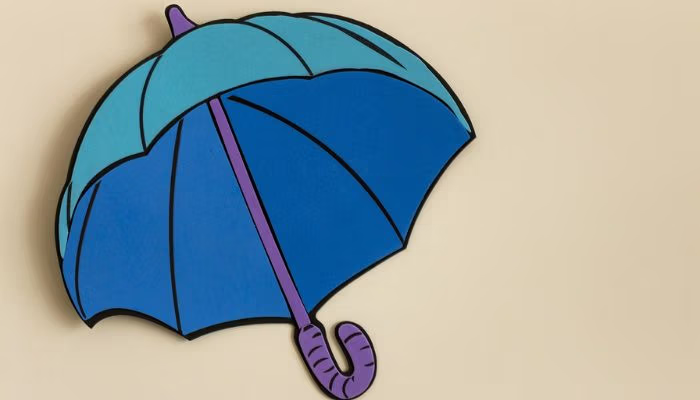
Japan, with one of the world’s oldest populations, has created innovations that could benefit Singapore’s aging society.
1. Healthcare Innovations and Community Care
Japan has pioneered eldercare innovations blending technology with compassion:
Paro, the therapeutic seal robot, responds to touch and sound, offering comfort to seniors with dementia by reducing anxiety and encouraging conversation. Singapore could introduce companion robots in dementia wards and day care centers, providing emotional support while easing care staff workload.
Hybrid Assistive Limb (HAL) is a wearable exoskeleton helping older adults regain mobility by detecting and amplifying muscle signals. Singapore could deploy HAL suits in community rehabilitation centers, allowing seniors to recover faster and maintain independence longer.
Mimamori Hotline uses discreet sensors in seniors’ homes to monitor daily activity patterns, sending alerts if unusual inactivity is detected. With recent solitary death cases in Singapore, this technology offers a model. Singapore could adapt similar systems for HDB senior apartments, integrating them with existing emergency alert buttons for timely intervention without privacy intrusion.
2. Workforce Adaptation
In Japan, senior employment is framed as a choice tied to purpose and community. Many older workers take part-time roles because staying active is part of healthy aging. In Singapore, many “pioneer” and early “merdeka” generation seniors work out of necessity to cover living expenses.
Singapore can draw lessons from Japan’s approach:
- Aeon’s “Grand Generation” hires seniors as greeters and shopping assistants—light-duty jobs with flexible hours
- Japan Post engages older workers for short delivery routes, providing exercise and social contact
- Silver Human Resources Centers match seniors with micro-jobs like gardening or tutoring
Singapore could adopt similar strategies: large supermarkets hiring older workers for customer-facing roles, SingPost creating “micro-routes” within HDB estates, and a “Silver Skills Hub” connecting seniors to community-based work. This would emphasize choice and flexibility over necessity.
3. Urban Design for Longevity
Japan’s cities lead in age-friendly environments:
Barrier-free design features ramps, handrails, and non-slip floors in public buildings and sidewalks. Singapore could adopt these standards more widely in HDB blocks, MRT stations, and community centers.
Compact city planning clusters clinics, shops, and parks within 10–15 minutes’ walk. Singapore can expand this by creating neighborhood hubs integrating healthcare, retail, and social spaces.
Outdoor mobility includes shaded walking paths, benches, and gentle slopes encouraging safe activity. Singapore could develop similar corridors between MRT stations, bus stops, and residential blocks.
4. Social Engagement
Japan emphasizes keeping seniors socially connected:
Silver Human Resource Centers run hobby clubs, volunteer programs, and group activities. Singapore could expand similar offerings through Active Aging Centers and community clubs.
Intergenerational programs have seniors teaching crafts, mentoring students, or sharing life experiences in schools. Singapore could create similar mentorship programs, allowing seniors to contribute knowledge while building relationships.
Public “third spaces”—cafés, libraries, community centers—are designed for casual interaction. Singapore could enhance public areas with seating clusters, shaded zones, and accessible layouts encouraging socialization.
Conclusion
As Singapore faces an increasingly aging population, Japan’s experience offers valuable lessons. From healthcare technologies like Paro, HAL, and Mimamori, to workforce adaptations giving seniors meaningful roles, Japan shows how aging can be approached proactively.
By adapting these strategies—integrating technology into community care, redesigning jobs for older workers, creating walkable hubs, and encouraging intergenerational interaction—Singapore can transform longevity into an opportunity for a healthier, more connected society.
At Vintage Management, we provide consultation services to Japanese business owners who want to market products that help seniors in Singapore. If that’s you, contact us here for a private discussion.
Related Articles
Recent Posts
- Forever 21 Exits Japan for the Third Time
- From Niche to Mainstream: How Singapore Businesses Are Riding the Anime Boom
- Why Toyota Indonesia succeeded as an Export Powerhouse
- Smart Elderly Care Spending: How Businesses Can Help Seniors Avoid Wasteful Costs
- From Singapore to Southeast Asia: Singaporean F&B Brands and the Overseas Expansion Imperative








